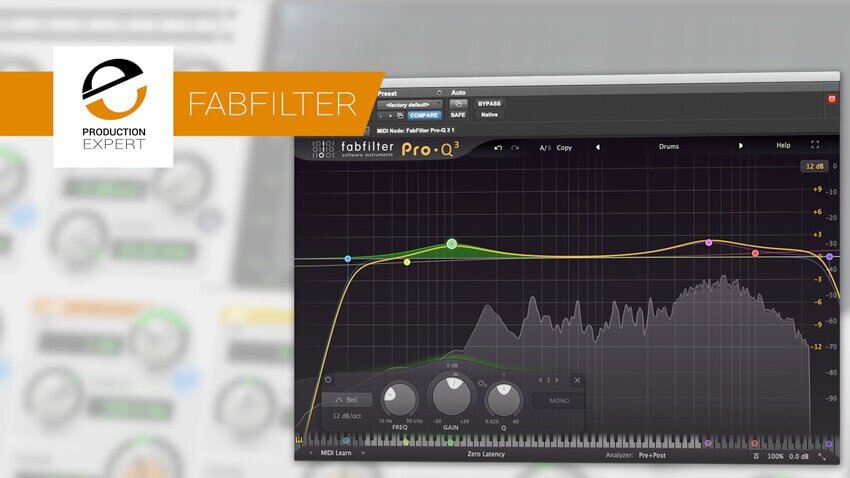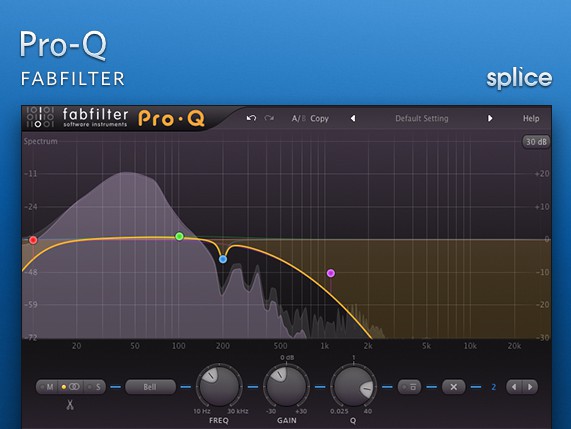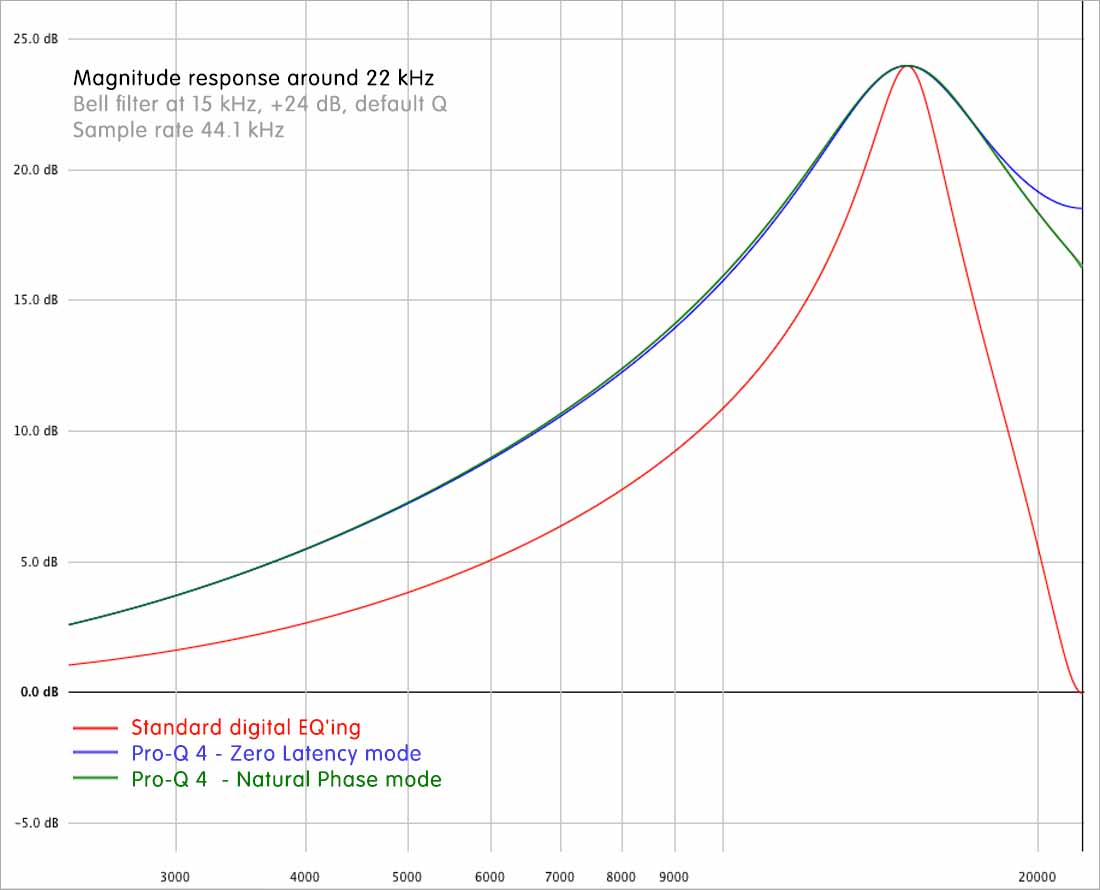

- #FABFILTER PRO Q LISTEN TO SPECIFIC FREQUENCIES HOW TO#
- #FABFILTER PRO Q LISTEN TO SPECIFIC FREQUENCIES FULL#
- #FABFILTER PRO Q LISTEN TO SPECIFIC FREQUENCIES SOFTWARE#
- #FABFILTER PRO Q LISTEN TO SPECIFIC FREQUENCIES PROFESSIONAL#

But in the past I’ve done it using a more basic setup, e.g.
#FABFILTER PRO Q LISTEN TO SPECIFIC FREQUENCIES PROFESSIONAL#
I do professional digital mastering, so I have a range of specialised plugins for that, so these days I tend to self-master using my own customised mastering chain. If the process outlined in this article seems too long and complex for you, I’d suggest you get a copy of Ozone and give the mastering assistant a try. iZotope also sell a low cost, reduced-features, plugin only version called Ozone Elements, which is worth considering if you want a quick, easy and inexpensive way to make self-masters. Ozone has a master assistant takes you through the process and simplifies it, and is a very popular choice for self-mastering.

When it comes to choosing the right tools, there are mastering programs such as iZotope Ozone and T-RackS that can work as standalone all-in-one solutions or as a suite of plugins covering all the required functions. If you find you need to make major changes to get a track sounding OK, there might be problems that would be better fixed by going back to the mix. What is involved in making a self master?Īs a general rule, it’s best to do as little as possible because it’s very easy to ruin a track with too much processing. I can then go back into the mix and fix it. It gives a rough approximation of mastering, and this often reveals mix problems. I’ve also found that self-mastering seems to help my mixes. for uploading audio clips to social media, running a DIY podcast, releasing your own music on a personal Bandcamp page, or small projects where the budget won’t stretch to mastering. If you have audio that you want to sound good, but where pro mastering would be excessive, e.g.If you’re sending out demos and you want them at a good level of loudness (I’ve seen some labels say they prefer to receive self mastered demos, and others say they don’t want any mastering on a demo, so this varies.).If you want to try out some of your own productions in a DJ set, and need a version where the loudness is comparable to released music.
#FABFILTER PRO Q LISTEN TO SPECIFIC FREQUENCIES FULL#
It’s good for situations where you want something close to a mastered version, but don’t require a full pro master. Nevertheless, self-mastering definitely has its place in the era of digital music production. An experienced mastering engineer will be able to do the job to a high standard, and won’t have the inherent biases you bring to your own work. To be clear, I wouldn’t suggest that self-mastering is a substitute for professional mastering in the majority of cases.

Typically it is done by skilled mastering engineers with specialised knowledge and equipment, who charge a fee. being cut to vinyl or distributed by streaming services. Mastering is the process of finalising audio in preparation for its intended use, e.g. So make yourself a coffee…and then let’s dive in. This tutorial is a long read as there’s a lot to cover.
#FABFILTER PRO Q LISTEN TO SPECIFIC FREQUENCIES SOFTWARE#
The tutorial assumes you’re working in software using digital audio. I’ll be using Ableton Live, but similar principles can be used in any digital audio workstation (DAW) software such as Logic, Cubase, Pro Tools, Reaper and so on, or using a standalone software mastering package such as iZotope Ozone.
#FABFILTER PRO Q LISTEN TO SPECIFIC FREQUENCIES HOW TO#
In this tutorial, I’m going to run through how to make a self-master of your audio.


 0 kommentar(er)
0 kommentar(er)
